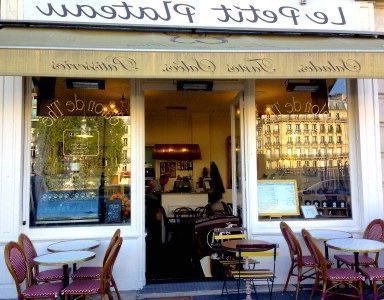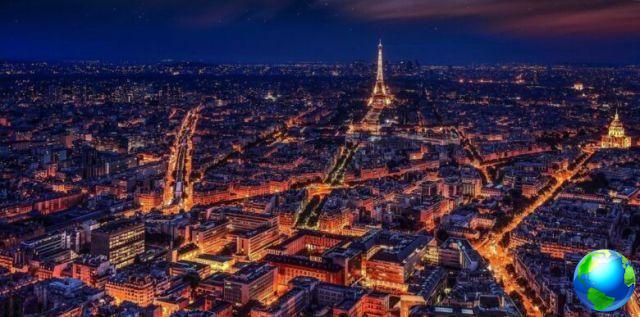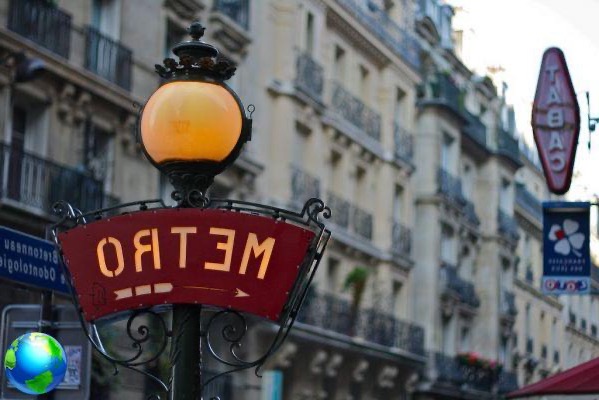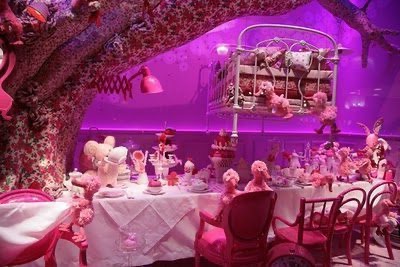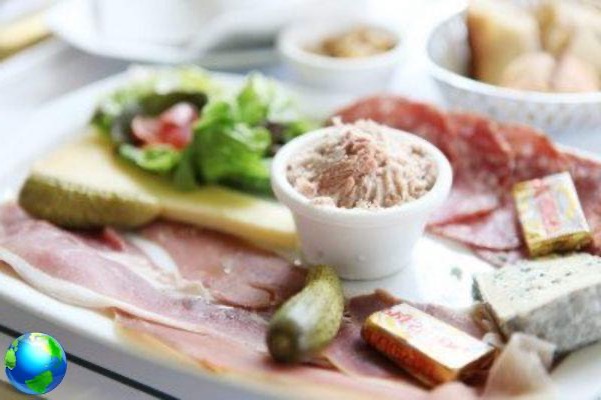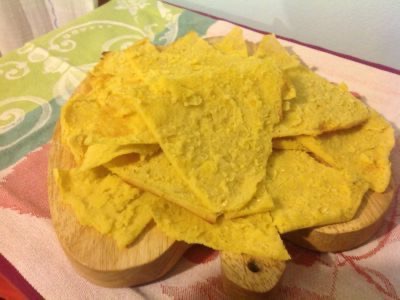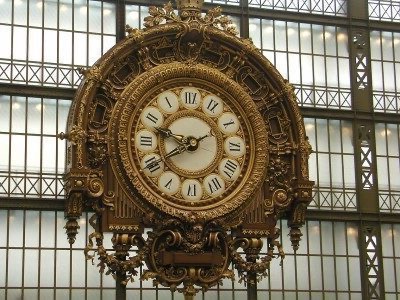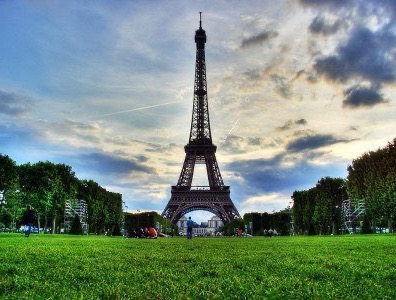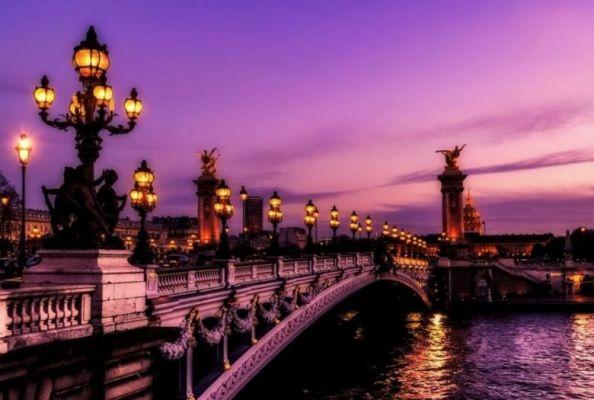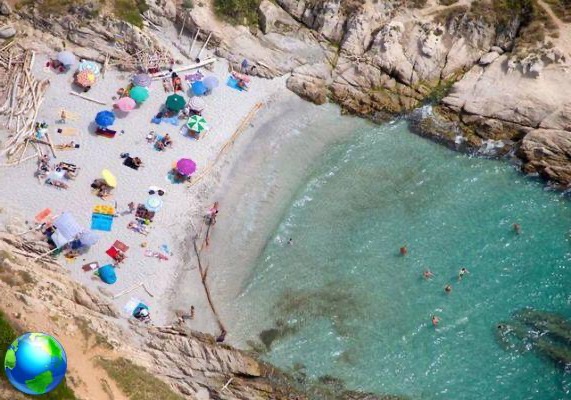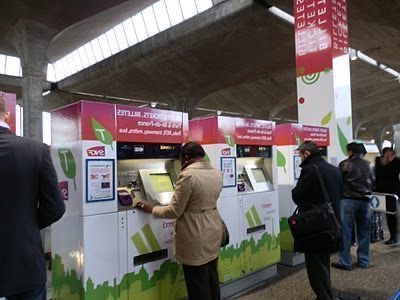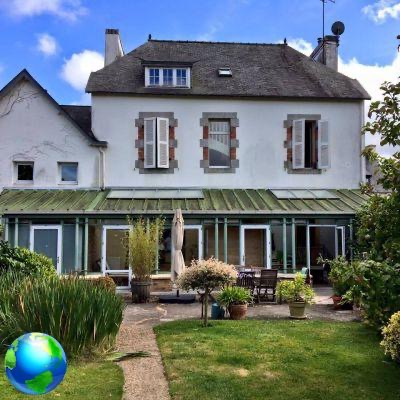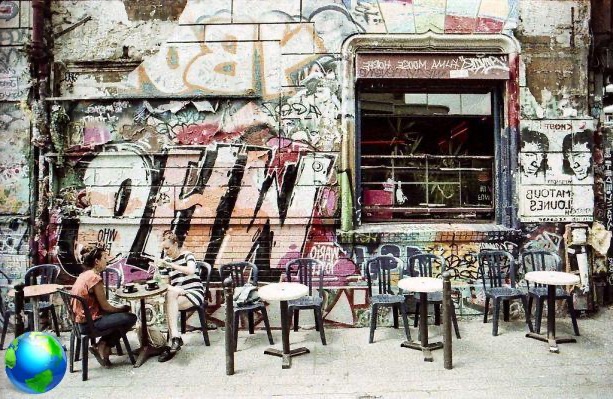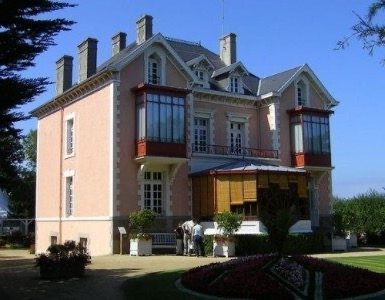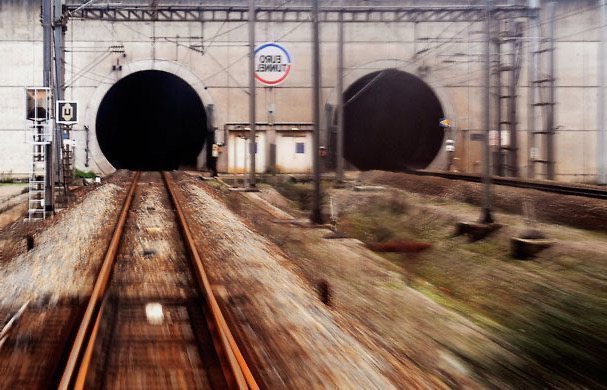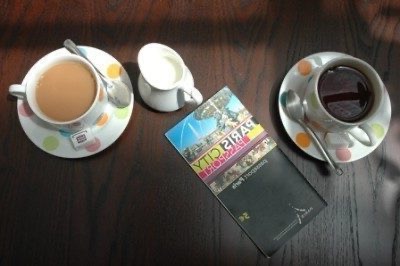Three low-cost curiosities, three unusual places that you can't miss in Paris, especially if this isn't your first time in France.
I rarely go back to the same city so often. My travel idea is to often change half, open new horizons and discover other places. In all this there is one exception: Paris.
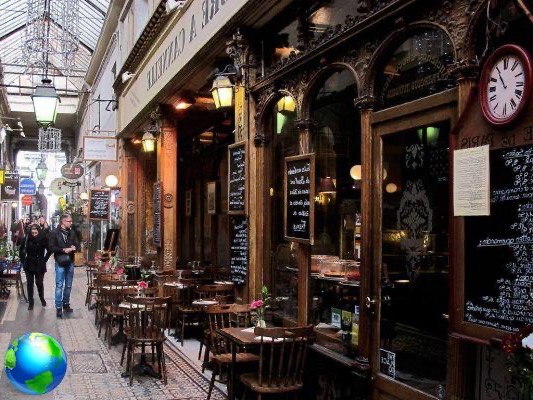
In recent years, for various reasons, I have been there very often, so much so that I can call a small restaurant near the Center Pompidou “the usual place” or can recommend to friends that beautiful road to go down from Montmatre.
The reason for so much attention? I think it is Love at first sight. Indeed even before sight when, as a young girl, like a modern Madame Bovary, I leafed through the guides on the French capital, looking forward to walking along the large boulevards or the alleys of the Latin quarter.
And after the first visits and known itineraries, made of Torre Eiffel at all hours, of salt of Louvre even the most disparate and admiring glances at Notre Dame I discovered that there are other places where I love to return.

The covered passages
The covered passages, built on the threshold of the industrial revolution, in cast iron and glass, always illuminated, they allowed the passage between the various streets. You could browse through the shop windows, have a refreshment in a coffee or have lunch in a brasserie without giving in to bad weather, the first forms of pollution or the noise of the large boulevards.
Le gallery wind through the large palaces of the right bank of the Seine and in a short itinerary they are able to satisfy shopping lovers, with original and surprising shops and history experts who are struck by the particular architecture in perfect art Nouveau tradition.

The best way to start the discovery of the passages is to reach rue du Faubourg Montmartre (Le Pelletier metro) and take the passage Verdeau which contains bookstores, jewelry shops and small art galleries. Crossing the rue de la Grande Bateliere, one enters the long passage Jouffroy. Here the eyes are lost among the numerous signs, the period decorations and the glass cover that lets in abundant light.
If you are in the mood for one greedy break this gallery contains within it the Le Valentin pastry shop, where you can sip tea to be accompanied with single-portion cakes or with colorful macarons.

Instead, taking the boulevard Montmartre, we arrive at the passage du Panorama so called because its entrance was once embellished by two rotundas with large panoramic paintings representing foreign cities such as London or Rome; a sort of window to the world.
The passage is, today, very popular with stamp collectors and postcards that find various shops dedicated to their passion in this place.
Leaving the Panorama passage you reach the famous Vivienne gallery which, among other things, also welcomes the Jean Paul Gautier atelier, whose showcase you will immediately recognize for its unmistakable sailor style. This gallery is considered to be the most luxurious in the city and its prestigious decorations made of arches, sculptures and ornaments make it unique.

Leaving the Vivienne gallery, you enter the Perron passage which will allow you to enter the Palais Royal under whose arcades the windows of the great international fashion houses wind, or those of antique dealers who sell old books. In the small garden, do not miss the spectacle of children playing hide and seek between the columns or the elderly gentlemen intent on their games in la petanque.
For the nostalgic, the romantics and for all those who dream of a Paris of other times, les passages couverts allow you to step back and savor the magic of the early 800th century Ville Lumière.

The Marais
The Marais, luxury shops, young designer boutiques meet with the ethnic communities from all over the world, in an architectural space of "old Paris" where you can still see the signs of the Jewish ghetto and where you can stroll in one of the most monumental squares in the city: Place des Vosges.

Place des Vosges it was and is the beating heart of the Marais. From 1605, the date of its construction, it housed the residences of the nobles, such as Richelieu and Victor Hugo and today public offices, libraries, museums and fashionable bristros are located in this square.
Rue de Rosiers and Rue de la Sainte Croix de la Breton instead are the center of the Jewish Marais where the shops of Kosher gastronomy and the Jewish bookstores alternate with the boutiques of young designers and the shops of antique dealers.
If you are a lover of ethnic cuisine, you cannot fail to stop, waiting in line, at As du falafel in Rue des Rosiers and eat the best falafel in the city.

The neighborhood is also characterized by small alleys full of people, ancient synagogues, old buildings and portals of really interesting houses, it is undoubtedly nice to let yourself go without half and savor the slightly retro atmosphere of this part of the city so rich in history.

The Defense
The first time you are in Paris and go up one of its towers or on some beautiful terrace, you happen to see in the distance a series of very modern buildings and one strange square arch.
Just take the yellow metro to reach La Dèfense, the district that since the post-war period has become the commercial and economic center of Ille de France and where the Grand Arche is located.

All around theEsplanade glass and steel skyscrapers emerge, futuristic fountains, hyper-technological headquarters of banks and multinationals, and abstract sculptures that seem foreign to the Parisian idea we always think of.
The first thing to see is the Grand Arche which with its imposing structure overlooks the whole district, and was built as the crow flies with the Arc de Triomphe and the Arc du Carrousel in a sort of space-time continuity with the rest of the city. Wonderful isn't it?
The advice is to sit on the staircase with your nose up and lose yourself in the geometric patterns of its architecture or look into the distance and see between the arches the Louvre pyramid.

When you get off the steps of the Arch, let yourself be conquered by all the wonders of the Esplanade by taking a look at Mirò's sculpture, observing the extraordinary structures that surround it or walking along the edge of the central fountain or in the well-kept green space.
And since there is always a next time, what do you recommend me to visit in Paris?




